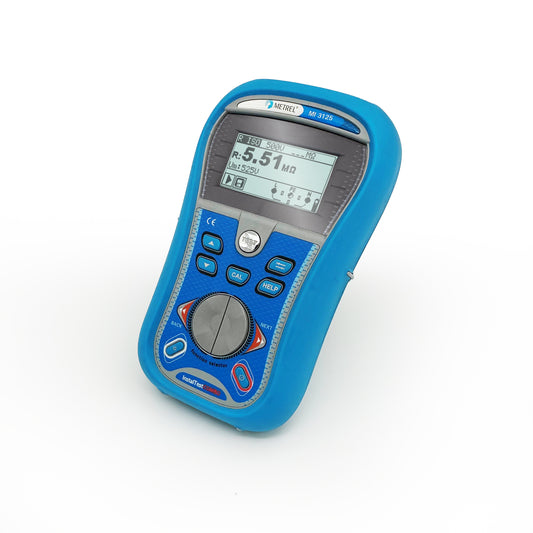Testing at the switchboard with probes with your trusty appliance tester. You have a great recording capability and easy access to every RCD instantly - but is it safe?
Well, the answer in most cases will be NO – and one of the major influencing factors is category ratings.
The category rating of an instrument tells you what level of transient overvoltage (basically, voltage spikes) the tester is designed to handle. Switchboards, especially at the main distribution point, are considered a CAT III or even CAT IV environment. These areas can experience large surges with much greater exposure to high energy events – think lightning strikes, large motors starting, air conditioners cycling on, or faults upstream on the grid. Even something as common as a tripped circuit re-engaging can create a significant voltage spike.
Appliance testers are typically only rated CAT II, meaning they’re designed for testing downstream of the switchboard at outlet sockets – not for direct connection to switchboards. Using CAT II rated equipment with probes at the board puts you and your equipment at serious risk. One unexpected electrical event, and it’s not just your tester that’s fried – it could be you.
So while it might seem convenient, using a PAT this way isn’t safe or compliant from a regulatory perspective. If you need to capture RCD results at the switchboard, use a properly rated instrument — something built for CAT III or CATIV work such as an installation tester — and always follow the requirements in relation to risk control measures such as PPE, safe work procedures, and ensuring the area is properly isolated and clearly marked to prevent accidental contact.
And always observe the requirements of your local state legislation.
Your tester (and potentially your body) will thank you.
For more information on category ratings and suitability of test instruments get in touch.







